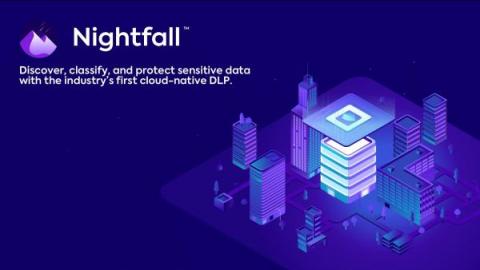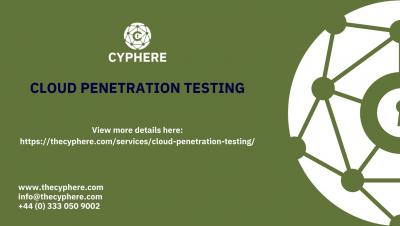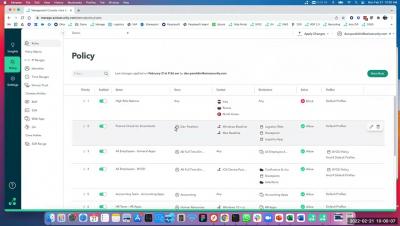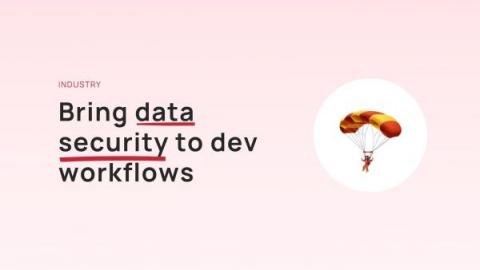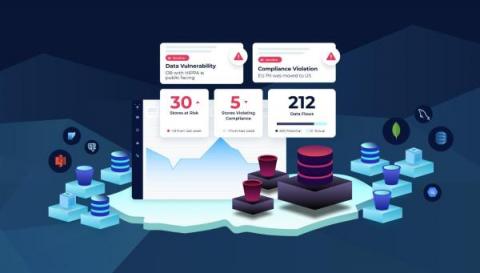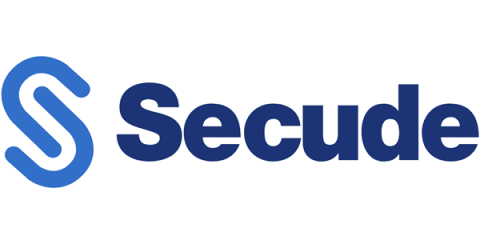Understanding The Gramm-Leach-Bliley Act (GLBA) Privacy Rule
The Gramm-Leach-Bliley Act, known as the GLBA, was passed in 1999 under President Clinton. The goal of the GLBA was to update and modernize the financial industry. Today, it’s primarily used to protect customer and consumer information, with steep penalties for financial institutions that violate its privacy rules. Here’s what you need to know about the GLBA and its regulations.




